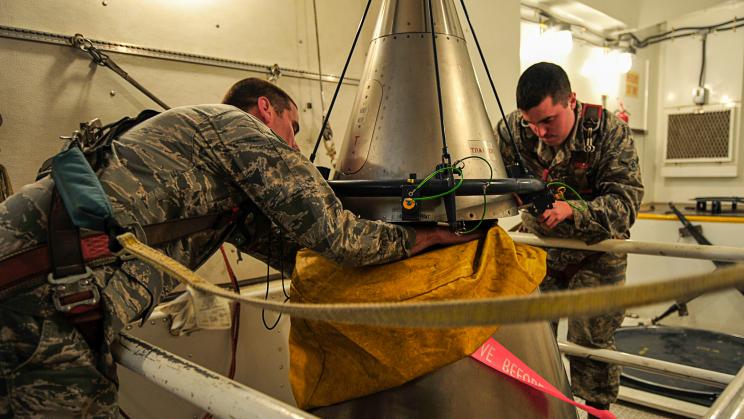Nuclear arms control
Nuclear arms control has been essential for restraining arms competition and regulating the arsenals of the two largest nuclear weapon states, Russia (formerly the Union of Soviet Socialist Republics) and the United States. Through greater transparency and verified, and in some cases non-verified, limits, arms control has contributed to international détente and led to substantial reductions in Russian and US nuclear arsenals, particularly after the cold war.
Nevertheless, as documented by the ‘World nuclear forces’ chapters in the SIPRI Yearbook, the Russian and US arsenals still remain the largest in terms of the number of nuclear warheads and delivery systems, representing more than 90 per cent of the global stockpile. Furthermore, Russian–US nuclear arms control diplomacy has been deadlocked since the negotiation of the 2010 New Strategic Arms Reduction Treaty (New START). The existing arms control architecture has further eroded in recent years—notably through the collapse of the 1987 Intermediate-Range Nuclear Forces (INF) treaty in 2019. Recent developments include calls for multilateral arms control, reflecting the increasing role of other nuclear-armed states.
SIPRI analyses the causes behind the current Russian–US nuclear arms control deadlock and examines concrete measures to mitigate or overcome them. Its research highlights the need to expand the arms control agenda to include emerging technologies and advanced non-nuclear weapons and the need to explore measures and mechanisms for involving other nuclear-armed states in relevant discussions.
